Regulatory Compliance and Standards
Regulatory compliance remains a pivotal driver in the Packaged Foods Testing Market. Governments and international organizations are continuously updating food safety regulations, necessitating rigorous testing protocols for packaged foods. Compliance with these regulations is not only a legal requirement but also a competitive advantage for food manufacturers. The market is witnessing an increase in demand for testing services that can help companies adhere to these evolving standards. As the regulatory landscape becomes more stringent, the Packaged Foods Testing Market is expected to grow, with businesses prioritizing compliance to avoid penalties and maintain consumer trust.
Rising Incidence of Foodborne Illnesses
The increasing incidence of foodborne illnesses is a critical driver for the Packaged Foods Testing Market. Reports indicate that millions of people are affected by foodborne pathogens annually, leading to heightened awareness among consumers and regulatory bodies. This alarming trend has prompted food manufacturers to invest more in testing protocols to ensure product safety. As a result, the demand for comprehensive testing services is expected to rise, with the market projected to expand as companies seek to mitigate risks associated with food safety. Enhanced testing measures are likely to become a standard practice in the industry.
Growth of E-commerce and Online Food Sales
The rapid growth of e-commerce and online food sales is reshaping the Packaged Foods Testing Market. As more consumers turn to online platforms for their food purchases, the need for stringent testing protocols becomes even more critical. E-commerce companies are under pressure to ensure that their packaged foods meet safety standards, as any lapse could lead to significant reputational damage. This trend is likely to drive demand for testing services that can verify the safety and quality of products sold online. The Packaged Foods Testing Market is expected to expand as e-commerce continues to flourish, necessitating enhanced testing measures.
Technological Innovations in Testing Equipment
The Packaged Foods Testing Market is experiencing a surge in technological innovations that enhance testing accuracy and efficiency. Advanced testing equipment, such as rapid microbiological testing systems and automated analytical instruments, are being adopted widely. These innovations not only reduce testing time but also improve the reliability of results, which is crucial for food safety. The market for food testing equipment is projected to grow significantly, with estimates suggesting a compound annual growth rate of over 7% in the coming years. This growth is driven by the need for faster and more precise testing methods to meet consumer safety expectations and regulatory requirements.
Consumer Awareness and Demand for Quality Assurance
Consumer awareness regarding food safety and quality is significantly influencing the Packaged Foods Testing Market. As consumers become more informed about the potential risks associated with packaged foods, they are increasingly demanding transparency and quality assurance from manufacturers. This shift in consumer behavior is driving companies to implement more rigorous testing protocols to ensure product safety and quality. The market is likely to see a rise in testing services that cater to consumer preferences, with an emphasis on organic and non-GMO products. This trend suggests a growing intersection between consumer demand and food testing services.


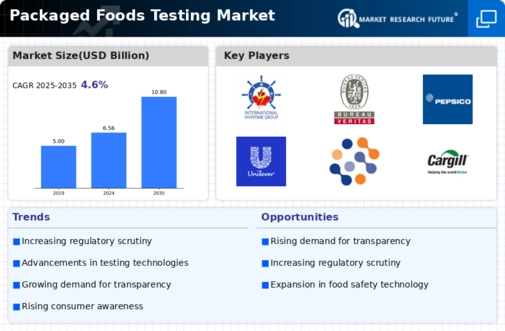

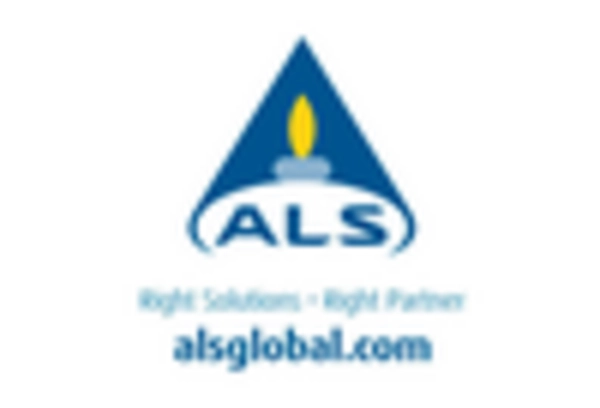
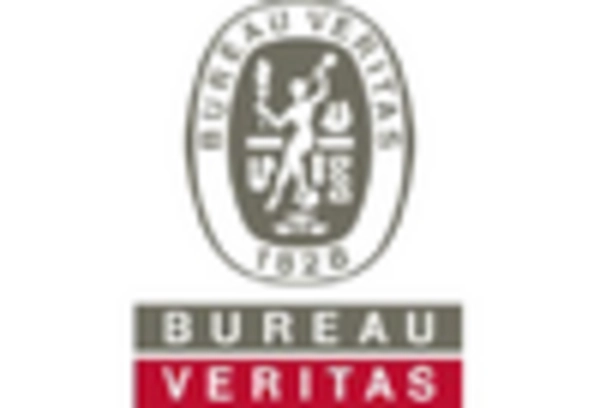
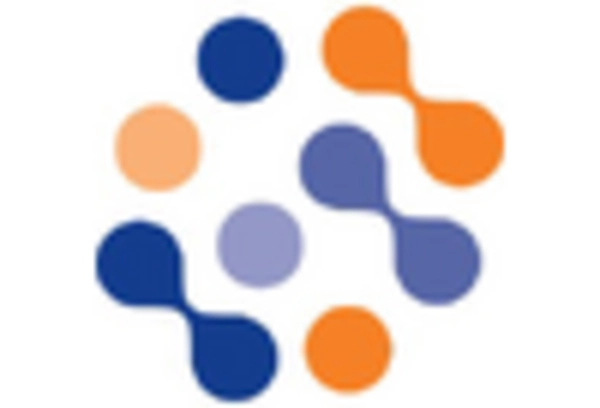
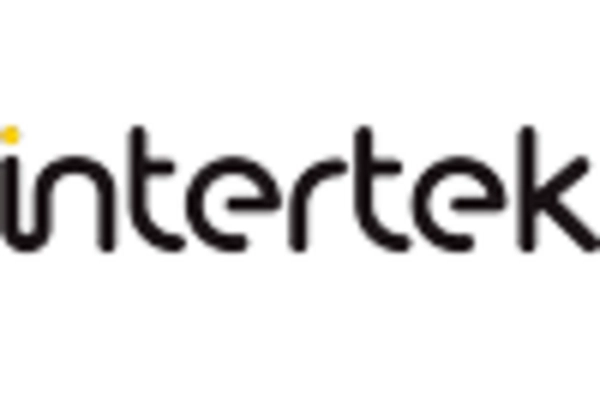










Leave a Comment